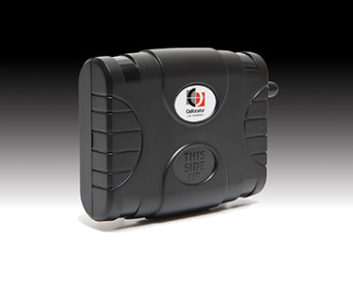Cellocator CANiQ
The Cello-CANiQ is a fleet management solution, utilizing a smart algorithm to combine data from various vehicle environment interfaces. These interfaces include standard CANBUS and OBD, driver identification, serial communication with third party devices, discrete, analog and frequency measurement ports, voice channel, and others. In addition to various logic methods calculating Trip Fuel Consumption, based on different vehicle’s parameters.
The Cello-CANiQ features include advanced driver behavior capabilities, including accident event logging, recording and reconstruction.
Supports:
OBDII (ISO 15765, ISO 14229)
CAN2.0 (ISO 11898, J1939, FMS, Optional: K-LINE, J1708)
DTC (Diagnostic Trouble Codes) support
Above 2000 complementary vehicle libraries (reverse engineering)
Classic Bluetooth & BLE support (external adaptor).
Configurable real-time and on-board powerful logic engine over vehicles parameters
Mobileye support via CANBUS interface
Simultaneous connectivity K-line and CANBUS
PointerCept ready – a solution combining Hybrid RF variants in addition to cellular communication.








